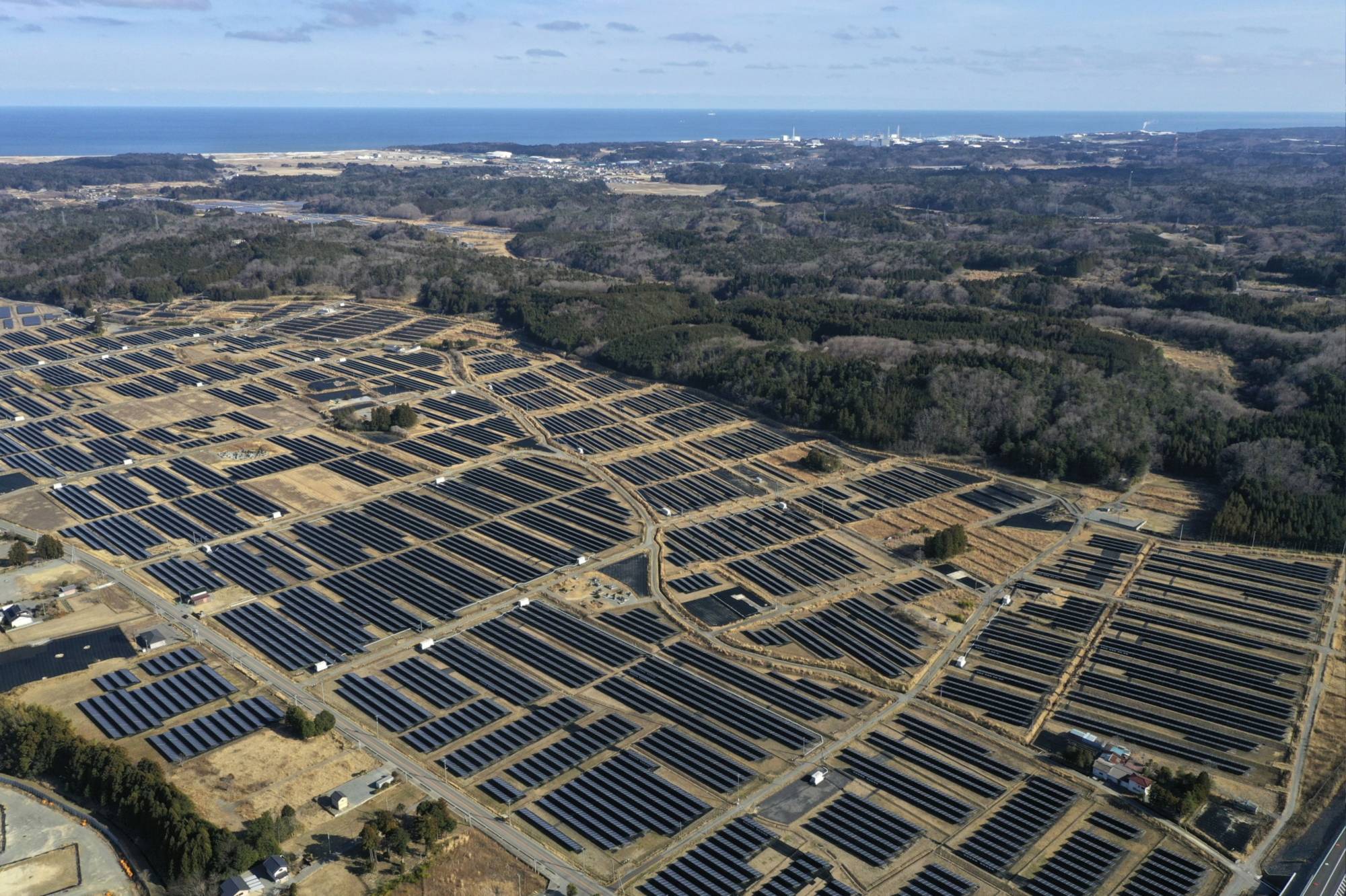Fukushima Prefecture, which aims to meet 100% of energy demand in the prefecture using renewable energy, has been No. 1 among the six prefectures in the Tohoku region for cumulative solar power generation output for nine years in a row.
With more solar power generation systems being set up every year, it is believed that mass disposal of used solar panels will be seen within one to two decades.
Experts point out that a lack of proper recycling or disposal systems could lead to the abandonment and illegal dumping of solar panels.
















With your current subscription plan you can comment on stories. However, before writing your first comment, please create a display name in the Profile section of your subscriber account page.